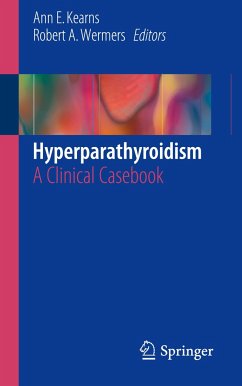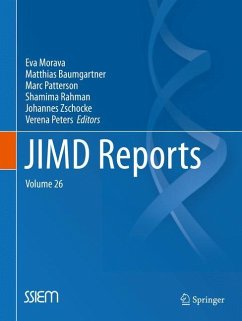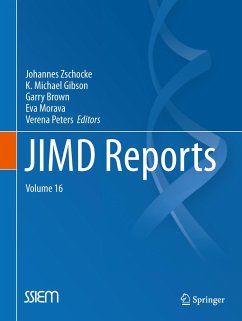
Musculoskeletal Disease Associated with Diabetes Mellitus

PAYBACK Punkte
38 °P sammeln!
The aim of this book is to review the latest findings on musculoskeletal disease associated with diabetes. It has been increasingly recognized that maintaining skeletal health is an important factor in achieving longevity in healthy subjects. Diabetes has been established as a disease independently associated with sarcopenia and increased risk of bone fracture resulting from osteoporosis; therefore, it is reasonable to maintain that musculoskeletal health is important in preserving good health. As either bone or muscle is intimately involved in the regulation of metabolic status, keeping the m...
The aim of this book is to review the latest findings on musculoskeletal disease associated with diabetes. It has been increasingly recognized that maintaining skeletal health is an important factor in achieving longevity in healthy subjects. Diabetes has been established as a disease independently associated with sarcopenia and increased risk of bone fracture resulting from osteoporosis; therefore, it is reasonable to maintain that musculoskeletal health is important in preserving good health. As either bone or muscle is intimately involved in the regulation of metabolic status, keeping the musculoskeletal system healthy is important for improving abnormal glucose metabolism toward normal levels and is vital, as well, for maintaining normal activities of daily living. Muscle is a target of insulin for enhancing the entry of glucose; thus it is conceivable that sarcopenia and muscle containing fat streaks causes insulin resistance in diabetic patients. Furthermore, bone is an organ that regulates Ca and Pi levels in serum by releasing or resorbing Ca and Pi to and from bone tissue. It is now known that bone is a definitive endocrine organ for regulating glucose metabolism and Pi metabolism by secreting osteocalcin and FGF-23 from osteocytes/osteoblasts. Readers will learn of the recent findings in this area, and this book will benefit physicians who deal with diabetes, particularly orthopedists and bone specialists, as well as all physical therapists.












